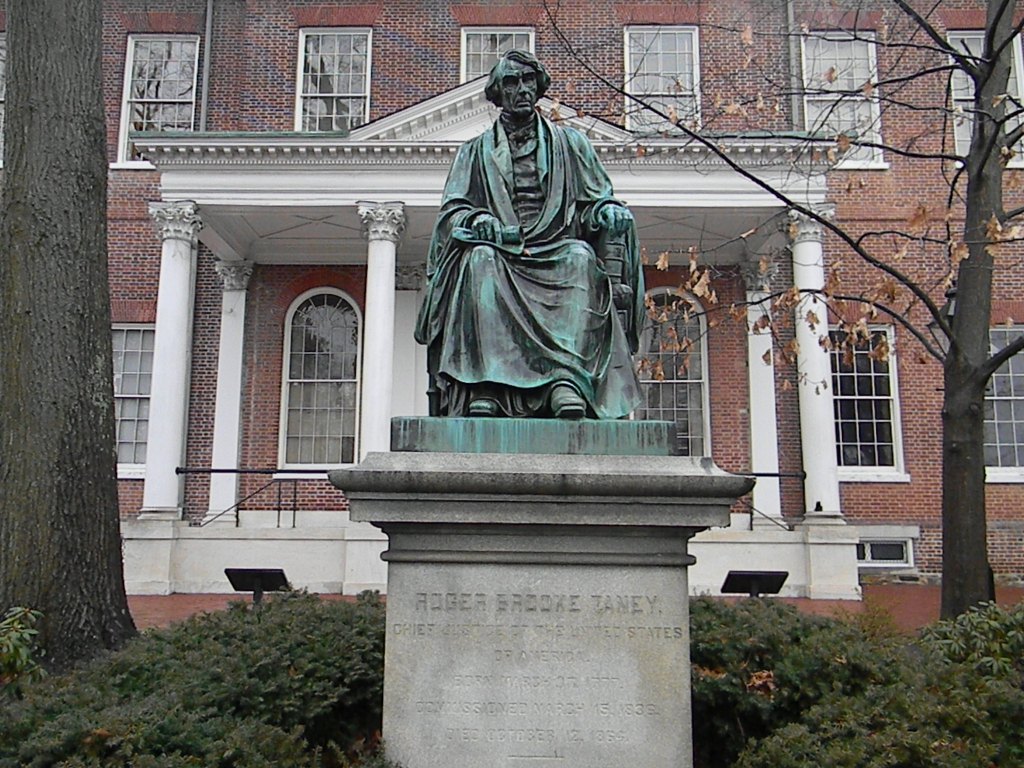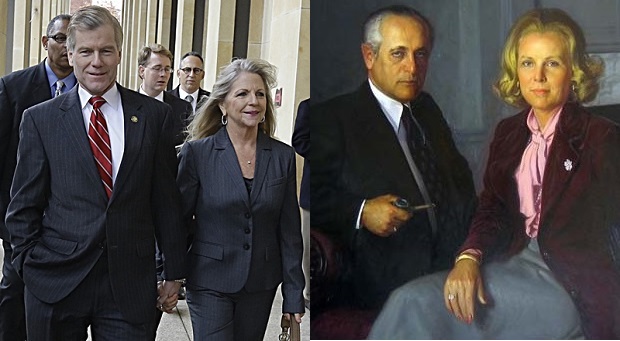Maryland’s legal history—and its current struggles—offer sharp insight into today’s most pressing constitutional questions: Who gets to decide what a national security threat looks like? Can due process be suspended in the name of public safety? And what happens when the federal government encroaches on the rights and responsibilities of the states? Right now, those questions aren’t theoretical. They’re playing out in real time, in courtrooms and communities across the nation.
Less than two weeks ago, the U.S. Supreme Court extended its block on the Trump administration’s effort to deport hundreds of Venezuelan migrants under the Alien Enemies Act, a law written in 1798. The Court didn’t rule on whether the administration can use the law this way, but it made one thing clear: due process is not optional. People cannot be detained and deported without notice—or without a chance to defend themselves in court.
The legal and moral weight of that statement is enormous. And it echoes through Maryland’s own history. In 1861, amid the Civil War, President Abraham Lincoln suspended habeas corpus in Maryland. Among those detained without trial was John Merryman, a Marylander accused of helping Confederate troops. Maryland’s own Chief Justice Roger Taney clapped back and ruled that Lincoln had overstepped his authority—that only Congress could suspend habeas corpus. Lincoln ignored him. Arrests continued. Maryland became ground zero in the battle over executive power and individual rights.
Fast forward to 2025. The Trump administration cited the same 1798 Alien Enemies Act, a law written when John Adams was president, to justify deporting Venezuelan migrants in Maryland and beyond, accusing them of being tied to a gang known as Tren de Aragua (TDA). The administration calls TDA a “hybrid criminal state,” framing the situation as a national security threat. This designation framed the migrants as enemy agents, allowing authorities to detain and deport them without proving gang membership or granting them access to a trial, hearing, or basic defense.
Analysts from organizations like the Brennan Center for Justice and the ACLU argue this is an improper use of a wartime law designed for declared enemies during armed conflict, not for immigration enforcement or criminal gang allegations. Using the Alien Enemies Act in this way blurs the line between civil law and martial law, raising serious constitutional questions.
The Supreme Court’s intervention has been notable. On April 7, it ruled that noncitizens detained under the AEA must file a habeas petition in the district where they’re held. Then, on May 16, the Court halted all AEA-based deportations. Why? Because the government’s expedited process failed to offer even the most basic legal protections: access to counsel, a chance to challenge accusations, a fair hearing. While the Court has not ruled on whether the Trump administration’s use of the Alien Enemies Act is constitutional, the fact that it stepped in twice within six weeks highlights significant concern.
Maryland’s history offers valuable context. In 1861, Baltimore City and Fort McHenry were at the heart of a fierce constitutional debate over executive power, individual rights, and national security. While the players and threats have changed, the core struggle remains the same: how do we protect the nation while honoring the Constitution? Back then, Baltimore and Fort McHenry became ground zero for tough questions about the limits of presidential authority and the right to due process. Back then, the fear was internal rebellion. Today, it’s the threat of transnational crime. The language and targets may differ, but the debate hasn’t changed much.
Comparing Lincoln and Trump underscores these differences and similarities. Both presidents acted under what they called emergency circumstances. However, Lincoln faced a war and eventually secured congressional approval. Trump, on the other hand, issued an executive order relying on a 226-year-old law that had not been applied in this manner in modern times—without Congress’s blessing. The United States is not at war with Venezuela, which weakens the legal justification for treating Venezuelan migrants as enemy combatants.
So what does this all mean? Can a president unilaterally redefine what constitutes a national security threat? Should the label of “enemy” override someone’s right to due process? These aren’t just abstract concerns. They affect how far any president, now or in the future, can go when balancing public safety with constitutional protections.
Maryland’s legal legacy makes one thing clear: when fundamental rights are on the line, someone has to take a stand. In 1861, it was Chief Justice Taney pushing back against unchecked executive power. In 2025, it’s the courts stepping in once again. The lesson? The fight over power and due process doesn’t end—it evolves. . And right now, Maryland’s history is reminding the country—these aren’t just legal battles. They’re about who we are, and what we’re willing to protect.







Recent Comments